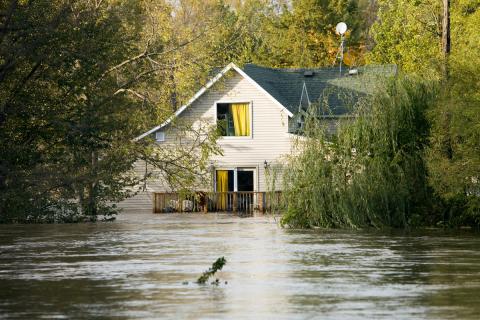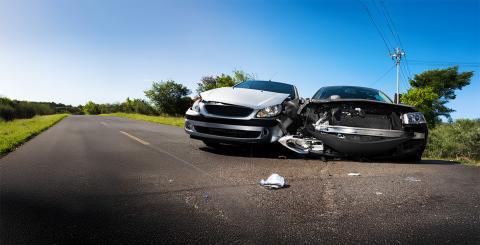Installing a car seat for baby: How to get a perfect fit

Your child’s safety is at the very top of your priorities, of course. That’s why we’re here to remind you how important it is to get baby’s car seat installed correctly. Did you know that in Québec, only one in two children is properly seated in the car? Let’s make sure your child is one of them.
In this article, we’ll walk you through the ins and outs of installing baby’s car seat—the one used from birth. Follow this advice and you’ll be able to drive with confidence with baby on board!
Buying the right baby car seat
First step: having any old car seat simply won’t do. You’ll need to choose wisely.
- The seat needs to have Transport Canada’s National Safety Mark on it. It’s even illegal to use a seat purchased in another country because the safety standards are different from one country to the next.
- Read the owner’s manual for your vehicle and the user guide for the seat. The instructions differ depending on the car and the seat. Pay particular attention to the seat manufacturer’s weight and height limits and the expiration date.
Helpful hint − When purchasing a car seat, be sure to choose one that’s easy for you to use. The more comfortable you are using the seat, the more likely it is that you’ll achieve optimal security with it.
Installing the seat properly in the car
Once you’ve found the right seat, it’s time to move on to step two: installing your baby’s car seat in the back of the car.
- Always install the seat facing towards the back. In case of collision, a rear-facing car seat evenly distributes the force of the impact along the child’s body. This means that baby’s head, neck, spine, and hips will be supported by the seat back.
- Fasten the seat properly—ideally with a universal anchorage system (UAS). This type of system has been around since 2002. If you don’t have a UAS, simply use the seatbelt. If you have a seat with a base, strap in the base first, then secure the seat. Be sure you hear it snap into place.
- You shouldn’t be able to slide the seat towards the front at all and there should be no more than 2.5 cm of give on either side. The seat should be at a 45° angle to the ground (more or less).
- Of course, be sure to read and follow the instructions for your car and your seat carefully.
Helpful hint − If the seat doesn’t have a tipping mechanism or you’re using a seat without a base, place a rolled towel or a pool noodle under the seat to get it at the right angle.
Installing baby in the baby seat
And now, the third crucial step: placing and securing your baby in the seat.
- Use the accessories that come with the seat. Don’t use anything else.
- Slip the harness straps through the seat slits at your baby’s shoulder height or a little lower. You want to have a snug fit around the shoulders.
- Adjust the straps to get them as close to your baby’s body as possible. Check the space between the straps and your child’s chest. You should have room to slip in a finger, no more.
- Clip the harness straps into the buckle.
- Adjust the chest clip so that it sits at your baby’s armpit level.
- Make sure your child can safely push their feet against the seat back and have their legs slightly bent.
Helpful hint − Contact an organization from the child car seat verification network to have someone check your seat. You can never be too careful!
When it comes to accidents, no one is immune. But by installing your baby car seat properly, you’ll reduce the likelihood of serious injury or death by up to 70%. Which means a baby car seat is essential for keeping your child safe while travelling.
As for switching from a rear-facing to a forward-facing seat, be sure to wait until your child is above the weight or height limit for your rear-facing seat. Remember: Your child must weigh more than 10 kg (22 lb) to be placed in a forward-facing seat. With all this information, you’re ready to hit the road!
Sources: Société de l’assurance automobile du Québec (SAAQ) and CAA-Québec.




